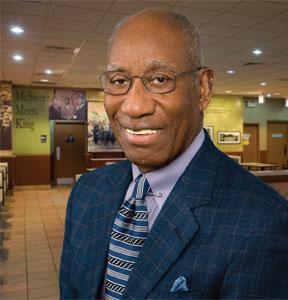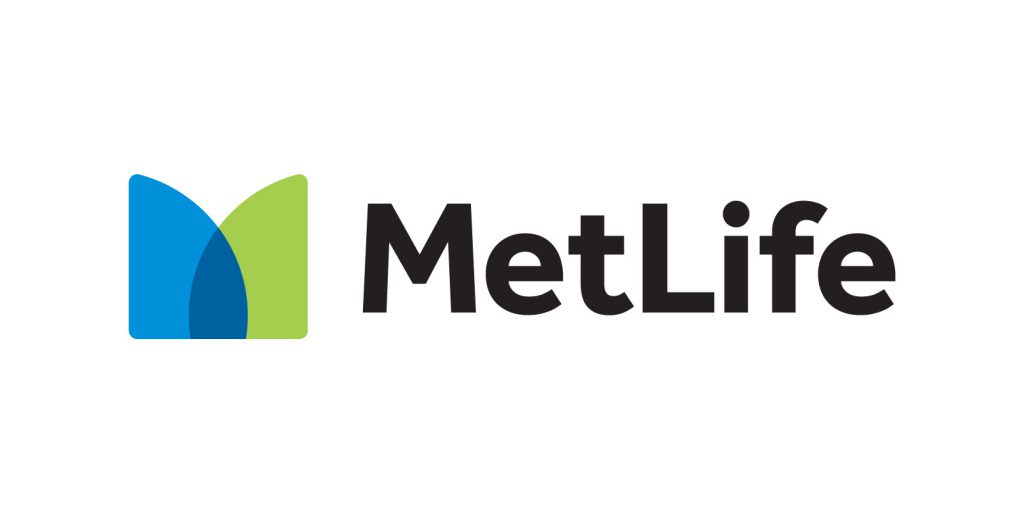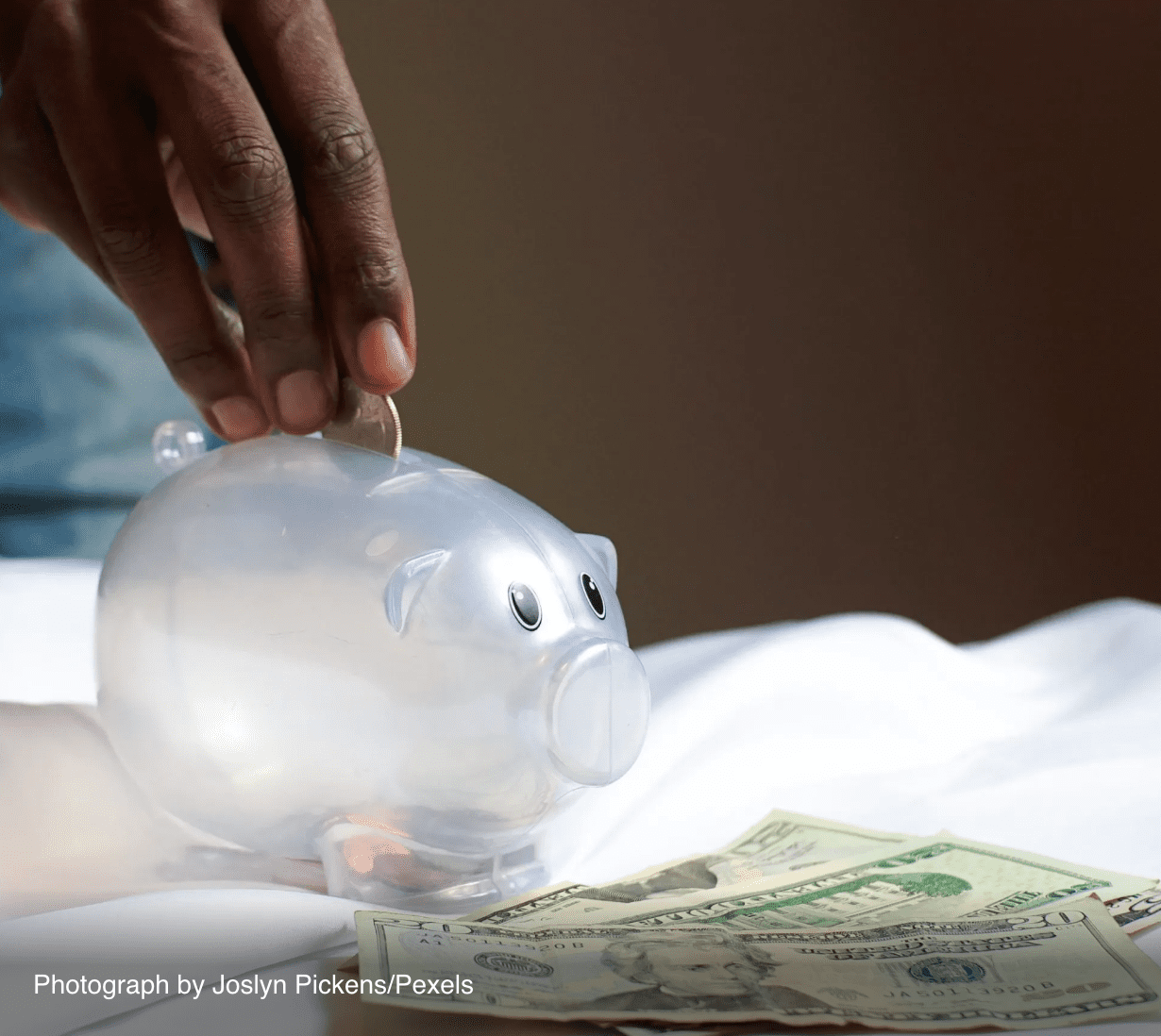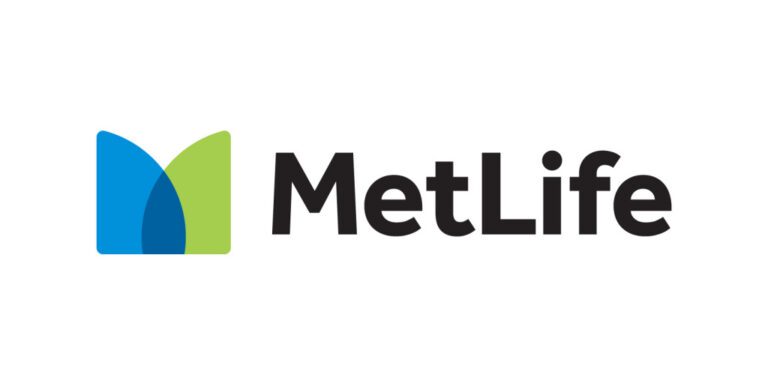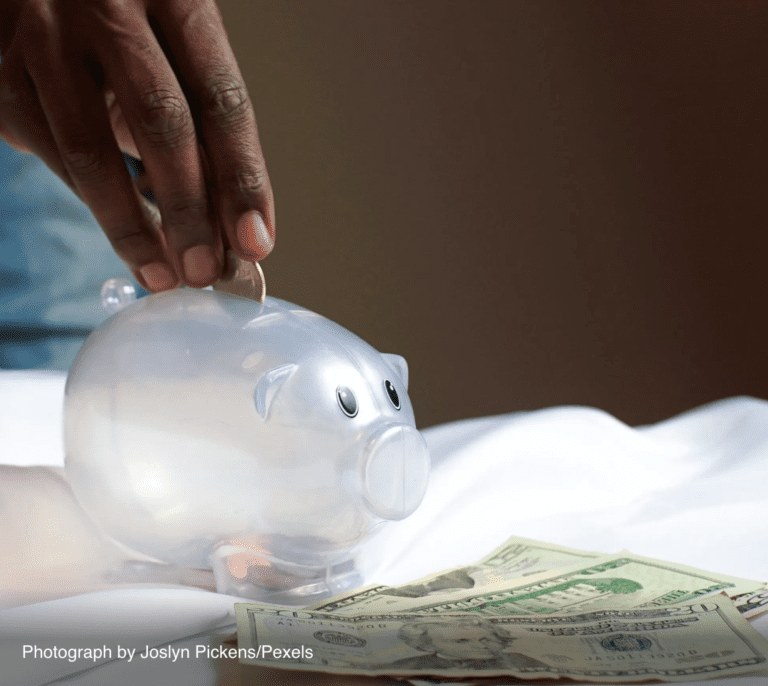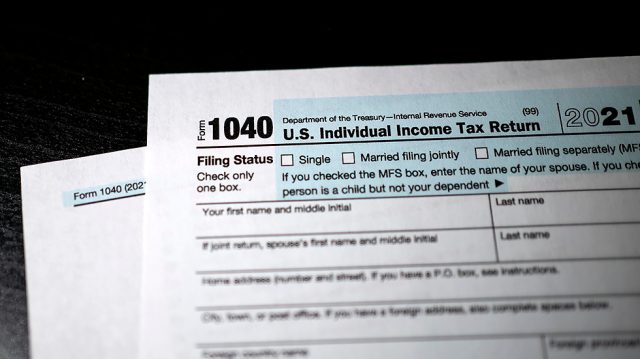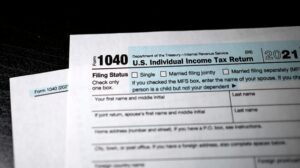The high school student explained her plan: Go to college, then become a veterinarian.
“Tell me,” replied Rachel Pfeifer, the college and career leader for Baltimore City Public Schools, “is there anything you are doing to move you to that goal?”
The teen explained that to get to college faster, she hoped to graduate from high school in three years–instead of the standard four. To earn money in the meantime, she had a part-time job at a fast-food restaurant.
It didn’t sound like the best strategy, Pfeifer recalls: “She was not aware of what her competition in applying to some of these universities would look like with four years of coursework–not three–or what taking advanced classes would do for her academic profile.”
Yet the student was simply making decisions based on the best information that she had.
“She was actually really clear about her goal, but we had not provided her the structure and the guidance to get there,” Pfeifer says. “We are not helping our students understand how to plan, and then we are faulting them when, at the end, they aren’t able to implement or follow through.”
The aspiring veterinarian hadn’t needed a grown-up to give her a career idea, and she wasn’t looking for someone to talk her out of it, either. What she did need was for an educator who cared to check in on her progress. Make sure her class schedule set her up to succeed. Suggest she swap that fast-food gig for a part-time job more relevant to her goal of helping animals, like working at PetSmart.
It’s an approach to guiding teenagers that takes seriously both their grandest desires and their basic needs. Rather than lowering the ceiling of how high they dream, it raises the floor below them so that adolescents doing what they do best–learning, growing and taking risks–don’t have so far to fall.
This kind of mentoring takes time, knowledge and compassion. It can be tough for young people to come by in schools where counselors are responsible for hundreds of students at a time. And for this conversation to go over well–or even happen at all–the invitation to talk can’t come from a stranger who only summons you to an office for a few minutes each school year.
It has to come from a trusted source. When it comes to guiding teens, the messenger matters, experts say. And establishing a relationship, or better yet, tapping into a pre-existing relationship, is key.
Even as young people exercise more autonomy, they remain invested in and influenced by the important people in their lives. Parents rank high on that list. In fact, most kids plan to take the path after high school that their parents prefer, and the majority of kids ultimately do (while others are waylaid by financial and other barriers), according to a nationally-representative Gallup survey of nearly 3,000 parents. Older siblings and cousins are big influences, too.
Students say they also seek advice from their teachers and school counselors. This gives educators the chance to clue students into options they might not hear about at home. That’s part of what Nahum Pacheco does at the P-TECH high school in Austin, Texas, where few students have family members who work in computer technology.
“Even for students interested in tech, it’s on us to open that window for them,” Pacheco says. “They have zero insight about what happens inside a tech company.”
A trusted educator may know just the right way to influence a teenager, perhaps by emphasizing particular financial or personal reasons to consider a higher education or job-training option.
“If you’ve already built the relationship with the student, you kind of know which one is going to work better,” says Andrea Moreno, the adviser for high school students. “If they already hate school and are stubborn and don’t have good grades, I’m not going to push something they don’t like. I’ll start with what you do like.”
But if Moreno contacts or tries to advise a student she doesn’t really know?
“They don’t text back,” she says. “They’re not interested.”
Similarly, students may shut out adults who seem more focused on pushing a particular message than on truly listening. That’s what Pfeifer realized was happening in Baltimore schools, where some students grew so tired of feeling pressured into applying to colleges they couldn’t afford or where their friends didn’t succeed that many simply avoided talking to teachers about their plans.
It’s a classic teenager attitude, Pfeifer says: “If that’s what you’re going to tell me and I don’t want to hear it, I don’t talk to you at all.”
And if students aren’t talking to trusted adults, they’re going to get information elsewhere. Many turn to websites and social media for guidance about their postsecondary options. Of course, those sources are of varying reliability. While some students say they search for high-quality data through resources like the U.S. Bureau of Labor Statistics jobs profiles, others turn to YouTube, where influencers promise to share secrets about hustling your way to success.
It’s difficult enough to find useful information about how people fare after enrolling in public or nonprofit colleges. It’s even harder to track down reliable data about the outcomes of many workforce training opportunities–let alone side gigs and investment schemes.
Filling that void for the young people of New Orleans is one of the big goals Leah Lykins, the former teacher, has for her platform, WhereWeGo. The website provides information about apprenticeships, certification courses and associate degrees available in real-time–similar to a list of cars that are for sale, right now. It’s published in a format intended “to feel like you’re shopping, being able to feel that there’s zero risk, like you’re just browsing,” Lykins says. “You’re just trying on all these different identities for fun, because that’s developmentally appropriate.”
The platform prominently displays key details about tuition costs and completion times for programs that lead to careers as a carpenter, or software developer, or paralegal. It does not emphasize what “category” these programs belong to, on the grounds that jargon like “hybrid college” doesn’t matter much to a teenager.
“The apprentice people, the community college people, the on-the-job training people–these are not different groups if you’re a person looking for a career. They’re the same thing. They are a way to get ahead,” Lykins says. “And so they need to be, from a user perspective, on the same page.”
Nor does the platform suggest that there is a hierarchy to the options it lists.
“We have to tap into the fact that young people are incredibly aspirational,” Lykins says. “The phrase ‘middle skills’ and ‘middle jobs’ is not getting anybody psyched. No one wants to be told that they’re going for the middle of the road, especially when there’s no reason why it is the middle of the road.”
–Leah Lykins
If alternatives to college took teenagers’ aspirations more seriously, that might prompt young people to take a closer look at such options. Unlike, say, college mission slogans, few job-training programs explicitly market themselves by tapping into that teenage hunger to help others, says Oksana Vlasenko, vice president at Recruit4Business, which hires and manages employees for plumbing, electrical and security companies. But it’s not because workers in the skilled trades don’t make a difference, she adds. On the contrary: “They are what we need to survive in this world.”
For example, Vlasenko says, when Winter Storm Uri took out water and energy systems in Texas in 2021, who got the calls to help? “The plumbers and the electricians. It wasn’t the accountants.” And when the COVID-19 pandemic increased demand for UV lights and air-quality improvements, who came to the rescue? “Heating and cooling technicians.”
Billing a skilled trades apprenticeship as a low-cost way to land a high-demand career might not successfully sell the opportunity to a teenager. But stories about how technicians help their communities in times of great need? That might work.
“We should be advertising it as: Come make a difference and keep the world running,” Vlasenko says.
Of course, adding a gloss of fresh paint to a rickety bridge won’t help students cross it safely. If postsecondary pathways adapt and evolve to better appeal to young people, that could actually increase the need for caring, savvy adults to test that that new infrastructure is sound.
Experiments in change that are substantive, not just shiny, are underway. College leaders are starting to recognize that many people move through higher education in fits and starts, and so institutions are testing new ways to award incremental credentials that eventually add up to degrees, as well as creating bachelor’s degree pathways at community colleges and associate degree pathways at universities. Colleges are also trying new strategies for reducing students’ costs and supporting their basic needs. At the same time, companies are investing in paid apprenticeship programs for fields outside of the skilled trades, such as software engineering and digital marketing. And leaders are figuring out how to combine college and job training in ways that improve both, like offering college credit for apprenticeships and encouraging more students to earn credit from community college courses while still in high school.
But in Baltimore, educators aren’t waiting around for employers, policymakers and higher ed leaders to fill old potholes and pave new roads for students. Young people there need better guidance today about where to go tomorrow.
Some students aspire to work in restaurants or hair salons. Pfeifer knows those jobs rarely pay enough to support a family. Other students dream of going to college. Pfeifer knows many teens can’t cover a $13,000 gap in financial aid.
She wants the best for each of them. She respects what they think is best for themselves.
“It’s fundamentally a dignity thing. A human flourishing kind of thing,” Pfeifer says. “Our students live in a world that is unfair. And in many cases–not all the time–they fall on the short end of the stick in that unfairness. I’m not going to be the one who doubles down on that by making everything for them a matter of practicality and not a matter of being able to dream and contribute their whole selves to the problems and the challenges we face in this world.”
Still, Pfeifer can nudge students toward the good lives they desire.
Under her leadership, educators in Baltimore rethought their career-readiness programs. They identified professions that pay workers enough to live on. Then they prioritized teaching students about the pathways that lead to those jobs.
In this new curriculum, “the living wage became the floor,” Pfeifer says–a precondition for each conversation, a guardrail intended to deter students from straying into options that might exploit them.
“I can make the adult decision–the system’s decision–to take that off the table for a young person,” Pfeifer says, “and give them the space to do the dreaming without the worry about the dollars and cents.”
It’s not that young people aren’t good enough for some pathways. It’s that some pathways aren’t good enough for young people.
It’s a lesson today’s teenagers can teach adults–if they’re willing to listen.


